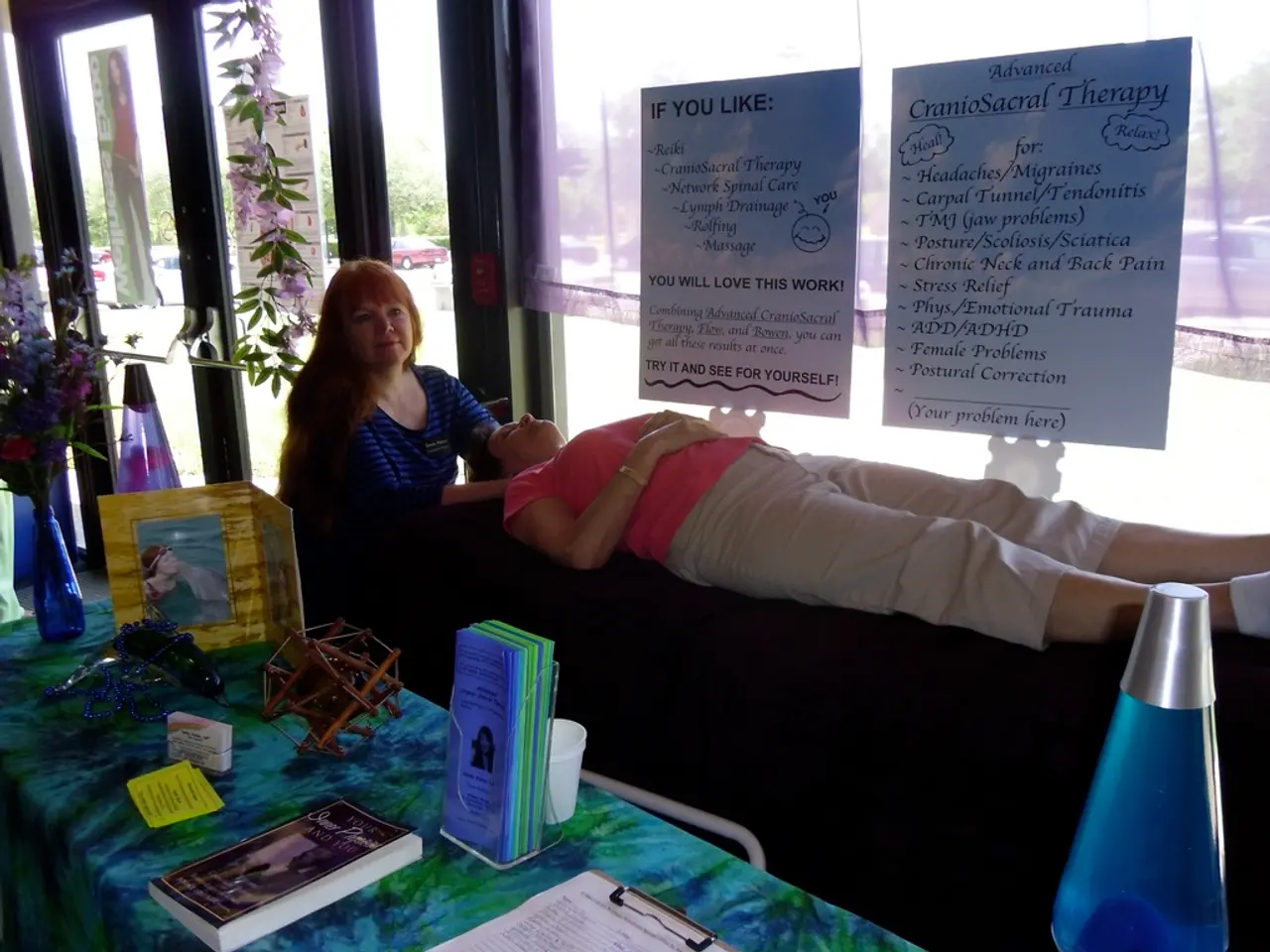Strategies to Avert Exhaustion: 7 Approaches and Signs to Recognize When You Need Assistance
================================================================================
In today's fast-paced world, burnout is a growing concern for many individuals, particularly those exposed to high levels of stress on a daily basis. This includes healthcare professionals, police officers, social workers, teachers, students, parents, caregivers, and more.
Research on burnout is ongoing, and there are potential methods to prevent it and ways to cope with it. Burnout progresses through stages: Honeymoon Phase, Onset of Stress, Chronic Stress, Burnout, and Chronic Burnout.
Recognizing the onset of stress is critical, and early identification can help prevent burnout. Symptoms to watch for include chronic fatigue, irritability, reduced performance, and emotional exhaustion.
To avoid burnout, it's advisable to practice self-care, maintain work-life balance, and seek support when needed. Setting boundaries and learning to say no are essential strategies to prevent overload. Developing a work-life balance encourages separation of work and personal time, including leaving work at work and unplugging from technology regularly.
Prioritizing self-care is also crucial. This involves ensuring enough sleep, good nutrition, relaxation practices, and enjoyable activities that reduce stress and boost mood. Exercise, both physical and mental, is another effective strategy for managing stress. Aim for at least 30 minutes of physical activity daily or in short sessions, which improves mood and cognitive function.
Regular breaks are also important for mental and physical reset. Incorporate pauses during work for rest or social connection to help manage stress levels.
Maintaining a support network is vital for reducing stress and enhancing resilience. Develop and lean on healthy relationships with friends, family, peers, or support groups.
When coping mechanisms no longer help, when there is persistent exhaustion that does not improve with rest, when stress begins manifesting as physical symptoms, or when experiencing symptoms of clinical depression such as low self-esteem, feelings of hopelessness, or suicidal thoughts, seeking support from a doctor or mental health professional is advisable. They can provide guidance on coping with burnout and ways to prevent it in the future.
For detailed, practical guidance, relevant articles, and expert advice, explore career advice sites like Indeed, health platforms like HelpGuide, wellness-focused organizations such as Hinge Health, and HR-focused publications. These sources offer concrete tactics tailored to both individuals and workplaces, providing comprehensive strategies to identify, prevent, and manage burnout effectively.
Remember, burnout is typically the result of chronic, unmanaged stress, which can come from various sources such as work-related stress, a toxic workplace culture, personal factors, and more. By adopting strategies that help reduce stress, restore balance, and promote overall well-being, we can better equip ourselves to navigate the challenges of modern life and maintain our health and happiness.
[1] Indeed.com (2021). Burnout Prevention Strategies. [2] HelpGuide.org (2021). Burnout Prevention. [3] Hinge Health (2021). Burnout Prevention: A Comprehensive Guide. [4] Harvard Business Review (2019). How to Spot and Combat Burnout Before It's Too Late. [5] Mayo Clinic (2021). Burnout: Prevention, Recognition, and Treatment.
Read also:
- Reinventing Parental Roles Through Self-Healing: A Prominent Approach Drawing from Therapy Practices
- Escaping a False Religion: Comprehensive Guide for Liberation
- A momentary lapse in recall of verbal expressions
- Romania reveals 140 million euro hydrogen technology center to bolster eco-friendly energy production








